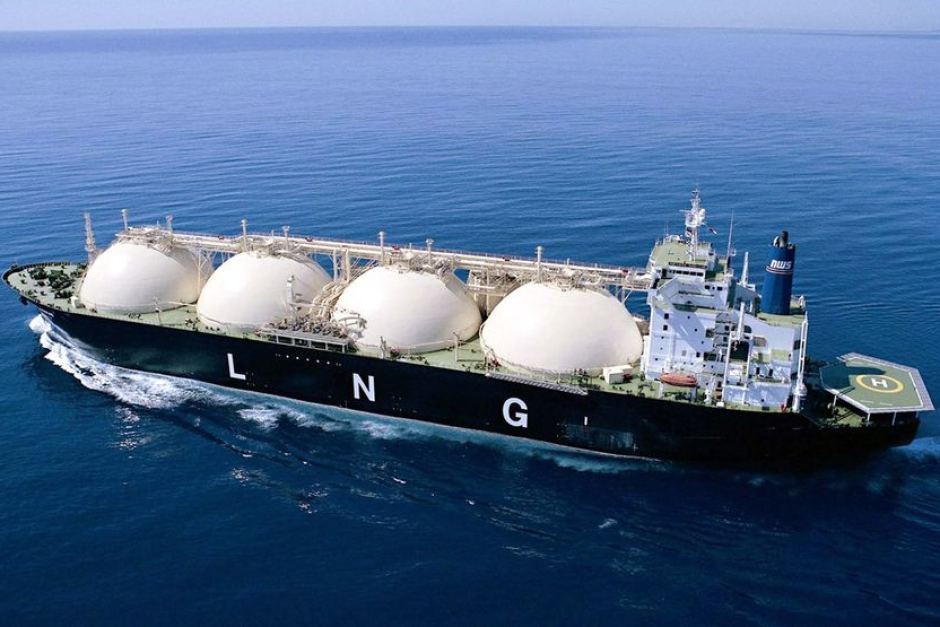US liquefied natural gas (LNG) producers increased their exports in October, reaching a level of 7.92 million metric tons, according to data provider LSEG, marking the second-highest monthly level on record, just shy of the record 8.01 million metric tons achieved in April of this year.
Notably, exports were up from 7.12 million metric tons in September, when plant maintenance reduced U.S. production.
The increase in exports came as output fell at Berkshire Hathaway Energy’s Cove Point, Maryland, terminal. The loss from a 12-day maintenance outage was more than compensated for by higher production at Cheniere Energy and Venture Global LNG plants, LSEG data showed.
The US has emerged as the world’s largest exporter of LNG in the first half of this year, surpassing traditional LNG powerhouses Qatar and Australia, according to the Energy Information Agency (EIA).
This growth in US LNG exports is expected to continue, with two proposed export plants in Louisiana that would add a combined 38 million tons per annum (mtpa) and aim to begin production next year.
Europe remains the principal buyer of US LNG, accounting for 60% of all US LNG exports in October, representing an 8% increase from the previous month. Asia, on the other hand, saw a decline in its share of US LNG exports, dropping from 30% to 20%, and Latin America accounted for 5% of the cargoes, down from 8% in September.
Europe has been taking more US gas after Russia cut pipeline supplies and countries shunned their energy exports over its invasion of Ukraine.
Underground gas storage facilities in Europe are nearly full, and some Asian LNG buyers have “shown reluctance to buy LNG recently,” consultancy Rystad Energy said in a note on Wednesday.
Asian benchmark LNG prices have risen by 70% since August. Factors contributing to this price surge include supply concerns, maintenance in Norway gas fields, and labor disputes in Australia.
Looking ahead, it is expected that global production output gains will continue to drive the LNG market. According to LNG shipping and brokering firm Poten & Partners, there are several LNG plants under construction in the US, Mexico, and Canada with the potential to generate 100 mtpa of LNG.
However, the market may face challenges due to elevated global inventories and weaker demand, which could gradually push prices lower under normal winter conditions in the northern hemisphere.








